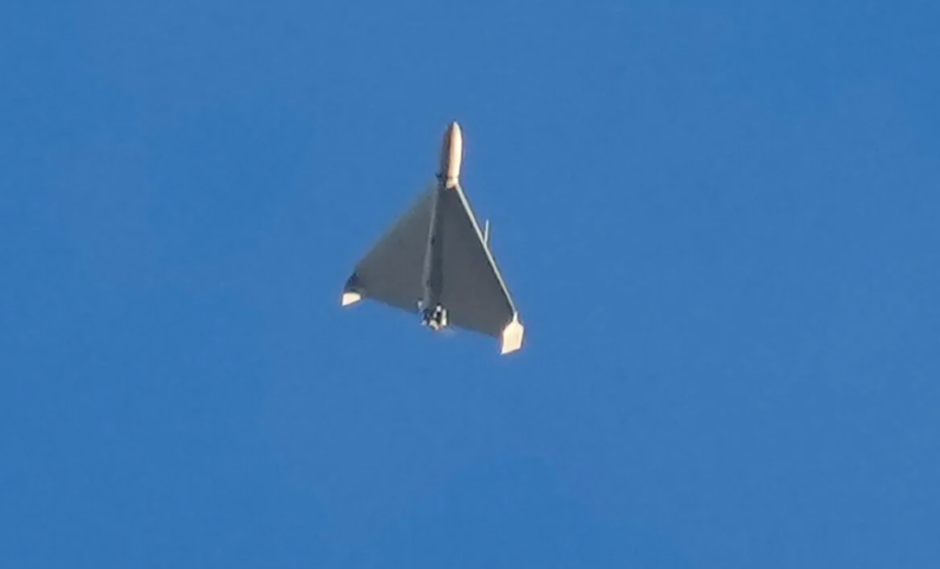We can see a miracle in the sky on April 10
date of publication
On April 10, Jupiter and the crescent moon will be observed for two days in a special conjunction, and with the help of a hand telescope, Uranus and the comet of the year 12P/Pons-Brooks will also be seen.
The Svábhegy Star Observatory MTI reported that Jupiter, still shining on early spring evenings, and the 5%, two-day crescent phase located to its right, can be easily seen with the naked eye. At 8:20 pm on April 10, the pair will remain 15 degrees high in the lower part of the western sky. The announcement stated that it would be easy to see celestial bodies with the naked eye if the western horizon was clear and free of features.
As written, the blue-green planet Uranus — barely more than 2 degrees above Jupiter — will also appear in the sky, as well as one of the most beautiful comets of the year, 12P/Pons-Brooks, which is visible at 3 degrees. Under the crescent.
According to information, it is useful to wait until the sky is completely dark in order to see the faint planet Uranus and the comet, which cannot be seen with the naked eye. At about 8:50 p.m., both celestial bodies could be observed in the night sky, but by then the pair of Jupiter and the Moon had fallen to an altitude of 10 degrees, and the comet to only 7 degrees. To see them, you need a clear sky and a larger, hand-held telescope.
Jupiter, now at the end of its visibility, returns to the morning sky in May 2023, but as it approaches the sun, it slowly disappears in the evening twilight. This is also the last chance to view Uranus.
Comet 12P/Pons-Brooks will reach perihelion, the closest point of its orbit to the Sun, on April 21, but will no longer be visible. It will then approach Earth again after 71 years. Like Jupiter and Uranus, 12P/Pons-Brooks will be visible during the evening.
A crescent moon about two days long with 5 percent illumination will still be visible. The glow of the unlit side of the moon, the gray light, will be clearly visible to the naked eye
– reads the statement.
Between April 11 and 13, interested parties can also observe the craters of the ever-waxing vernal crescent at the Svábhegy Star Observatory, the summary said.















































